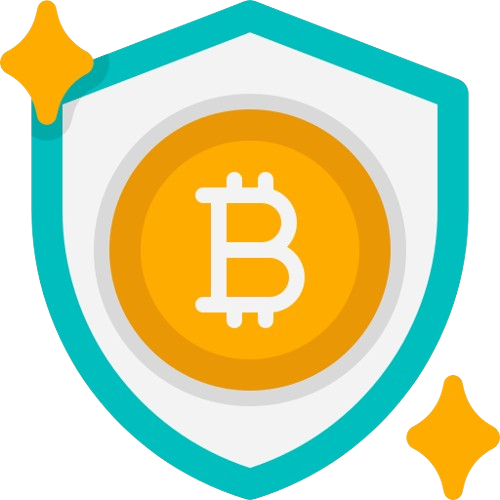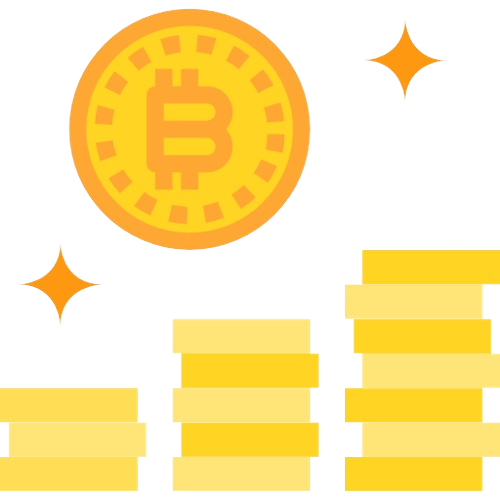
Since its inception, the internet has transformed from a novel communication network to an indispensable medium enabling participatory information exchange, commerce, and entertainment engagement across the globe. The latest internet iteration – Web3 – aims to revolutionize online interaction once more by incorporating decentralization, blockchain technologies, and token-based economics.
At the vanguard of this Web3 movement are cryptocurrency wallets. Their steady evolution from basic public or private key storage utilities to sophisticated platforms enabling decentralized app connectivity perfectly mirrors the internet’s developmental arc – ultimately positioning wallets as linchpins of the Web3 infrastructure bound to shape online engagement for years to come.
The Early Internet: Simple Information Distribution Network
During the internet’s formative years, only tech enthusiasts frequented cyberspace. Early on the Internet functioned chiefly as a communication medium dispersing information through basic websites, email services, and messaging boards. User interactivity was limited during this initial build-out as the internet laid a widespread foundation for reaching the masses.
The Middle Internet: E-Commerce and Entertainment
During the internet’s second growth spurt online usage exploded thanks to more user-friendly interfaces. Giant players like Google, Amazon, and eBay entered the scene transforming cyberspace into a thriving marketplace where people could readily search for, procure, and sell items without leaving home.
Entertainment also took off through sites like YouTube and Facebook which provided unprecedented connection, sharing creative content and forging virtual communities. This interactivity revolution vastly expanded the internet’s capabilities beyond a passive information network.
Web 3.0: Decentralization and Cryptocurrency Integration
The third and most radical internet expansion is presently underway as blockchain/cryptocurrencies integrate into the mix through Web3. This next-gen internet taps into crypto’s core innovations of decentralization, peer-to-peer transaction capability, and incentivized community participation. It aspires to transition from an internet dominated by monopolistic forces to one fostering openness, user empowerment, and democratized architecture – aligning closely with cryptocurrencies’ core philosophical tenets.
Spearheading this Web3 migration is a constellation of cryptocurrency products like metaverses, DAOs, and dApps birthing novel ways to collaborate, play, work, govern, and transact online.

And just as PayPal and eBay symbolized the e-commerce revolution of Web 2.0, Web3 will be shepherded by decentralized and interoperable crypto wallets which form a critical bridge between fiat and digital asset economies.
Wallets: The Gateway to Web3 Participation
Cryptocurrency wallets have progressed remarkably from their initial conception as public or private key storage vaults for early Bitcoin adopters. A best Bitcoin wallet functions not just as a place to safeguard crypto holdings, but as a multi-functional platform granting access to Web3’s burgeoning landscape.
Wallets are no longer isolated islands – they integrate seamlessly with other decentralized applications through built-in browsers, marketplaces, and toolkits. This interoperability delivers a smooth user experience when navigating between wallets, DEXs, DeFi platforms, metaverses, and other Web3 domains.
Such robust connectivity provides intuitive gateways welcoming newcomers to explore Web3’s possibilities without complex setups. Wallets will shepherd the next billion users into decentralized worlds as their utility bridges fiat and crypto economies. Just as PayPal eased e-commerce adoption, multi-functional and user-friendly wallets will drive mainstream Web3 uptake.
Core Wallet Capabilities Driving Web3 Adoption
So how exactly are souped-up cryptocurrency wallets galvanizing Web3 engagement? Several integral features are propelling adoption:
Fiat On/Off Ramps – Linking Bank Accounts
The seamless linkage between crypto wallets and traditional bank accounts via payment rails represents the foremost innovation expanding adoption. Leading wallets provide direct purchase of cryptocurrencies with fiat monies through credit/debit cards, wire transfers, and other familiar payment methods in a few clicks.
This solves immense friction for those hesitant to participate outside traditional finance. Such fiat gateways pioneered by wallets will funnel billions of dollars into Web3 as crypto gradually permeates mainstream investment allocations.
Reward Programs
Another driver is crypto loyalty programs which incentivize engagement by rewarding users with tokens or other benefits when they perform desired actions inside Web3 apps. These include perks like cashback or discounted DEX trading fees for staking wallet coins, learning via crypto education portals, or referring friends. Rewards mimic credit card points – a concept already familiar to the masses – helping newcomers reap benefits as they immerse in Web3 spheres.
Access Points to DeFi, Metaverses, and DAOs
A third innovation is wallet-embedded access to Web3 verticals like decentralized finance (DeFi), metaverses, and DAOs. DeFi furnishes wealth-building opportunities without intermediary gatekeepers through permissionless lending, trading, and staking of cryptocurrencies. Metaverses enable an immersive digital existence where users collaborate and trade via avatars, virtual economies, and NFT-based assets. DAOs facilitate the coordination of decentralized autonomous organizations based on transparent, democratic governance frameworks.
As these Web3 pillars gain steam, wallets incorporate built-in DeFi swap ability, metaverse world-building functionality, and DAO voting mechanisms to foster greater mass appeal helping nascent technologies move mainstream.
The Future: Wallets as Personalized Home Bases for Web3 Living
As Web3 matures, cryptocurrency wallets are positioned to evolve further – transforming into fully customized home bases facilitating user identity, asset management, engagement preferences, and secure data storage as people traverse metaverses, DeFi platforms, and decentralized social networks.

Through advanced biometrics and AI integration wallets could provide the underlying architecture for comprehensive Web3 lifestyles – storing valuable NFT collectibles plus personal health records or travel credentials that enable permissions when visiting virtual worlds.
Dynamic dashboards would customize news feeds, event updates, and global communications based on user interests mapped by machine learning algorithms.
This vision marries convenience lifestyle apps provide for Web 2.0 users with censorship-resistance and user empowerment ethos of Web3 community technology. It paints a future where flexible and user-coded wallets become the personalized home bases anchoring individuals’ decentralized digital existence.
Conclusion: The Cryptocurrency Wallet – Symbol of Web3’s Future
The internet’s first two evolutionary phases expanded connectivity and interactivity. The third promises user empowerment through decentralization – migrating power and participation to the edges of networks rather than concentrated in corporate-government hierarchies. Anchoring this transformation are cryptocurrency wallets whose functionality has mirrored the internet’s developmental trajectory.
Wallets now interface seamlessly with fiat economies while connecting individuals to emergent pillars like DeFi and metaverses via embedded access gateways, mitigating transition obstacles for newcomers. Just as the browser unlocked the World Wide Web for mainstream exploration, crypto wallets are portals ushering the population into the decentralized cyberspaces of tomorrow. The wallet evolution epitomizes promise held at the intersection of finance and technology – making it the perfect symbol of Web3’s coming pervasive infiltration.
Strap in and send the first transaction – the next internet revolution has arrived.